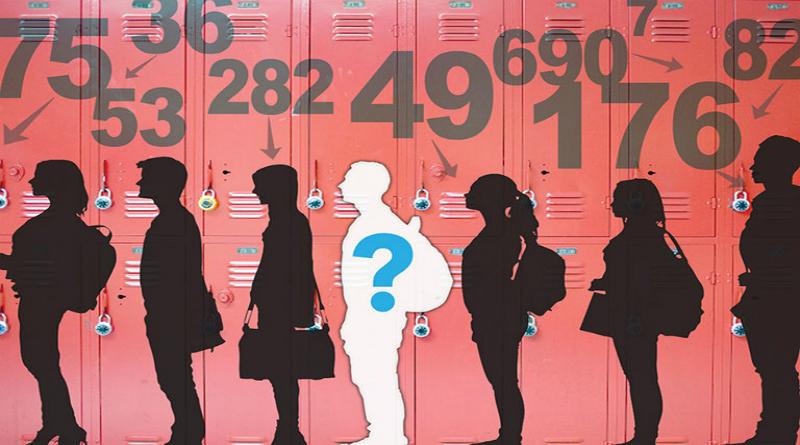Class rankings are used by high schools across the country to sort students into a list based on their weighted or unweighted GPA. According to The National Association for College Admission Counseling, “Ninety-two percent of high schools regularly report class rank information of some type to colleges and universities.” Although class rankings are popular among schools, should one number be able to define a student’s academic efforts and intelligence?
The answer is simple: no. When class ranks are implemented, students are more focused on competing with each other to raise their rank rather than working as a collective team to improve academically. Freshman Katie Kolodner dislikes the idea of class rankings and says that they “would lead to unnecessary stress and competition.” Sophomore Elaine Han adds: “You should be compared to yourself, not to others.”
The ranking system may also lower self-esteem if a student does not manage to be in the elite top ten percent. Senior Amna Faifullah suggests that “it’s like telling a [student], you’re really good or really bad.” Senior Jordan agrees: “I feel like students that aren’t doing well feel more victimized. They don’t feel as intelligent when they see where they are in the class compared to others.”
The cut-throat competition of class ranking does not end there. Students whose grades are within the top percentages of the class may receive scholarships and honors, while borderline students who are barely below the ten-percent mark are edged out of these opportunities. The GPA difference between a student ranked 10th and a student ranked 14th is most likely miniscule, sometimes as little as 1/100th of a percent in a large high school like Richard Montgomery.
Also, students may be compelled to take unnecessary or harmful steps to improve their class rank. If the ranking system is based on a weighted GPA, students might feel obligated to take more difficult and rigorous classes that are too hard or do not suit their interests. They will be stressed over these classes and may miss out on more important high school experiences.
On the other hand, if the system is based on an unweighted GPA, students may take easier class to get A’s. A system in which classes such as Ceramics are treated the same numerically as AP Calculus clearly demonstrates an inaccurate depiction of one’s academic success.
In addition, class rankings are often unreliable when considering school populations. A student who is in the lower half of the top ten percent in a larger high school like Richard Montgomery would not be in the top ten percent in a smaller school. In an interview with The New York Times, Myronee Simpson, an associate director of college guidance at Ranney School, defends their removal of class rankings: “Our top 10 percent of the class here, since we have 46 seniors, would only be four or five students.”
Proponents of class rankings claim that good ranks help with college applications. This is true, but only to a small extent. Class rankings are becoming increasingly less important in the college application process. According to NACAC, in 1993, more than half of colleges considered class rank important, however in 2008, less than 20% considered it vital to an application. In an interview with The Washington Post, David Hawking, a director at NACAC said: “The most important reason that class rank is on the decline is because it really isn’t a direct measure of student achievement.”
By eliminating this ranking system, colleges cannot quickly sort you into the rejection pile, but rather they must look closer at your extracurricular activities, leadership experience, and teacher recommendations. Thus, colleges are encouraged to consider students based on factors that are just as important as grades, if not more.
The absence of a standardized ranking system across all high schools has also contributed to the declining importance of class rank. Each school has a different way of sorting their students, therefore the class ranking numbers are not universally reliable indicators of a student’s academic performance. For example, some schools have multiple people at each rank or have different ways of grading and updating GPAs.
According to The Gazette Archive, MCPS decided to discontinue class ranking in 1994. MCPS instead attaches a school profile to all student transcripts with the number of students in each GPA range. This allows colleges to put a student’s classes and grades in perspective without explicitly ranking them.
MCPS certainly made the right choice by ending the rank system early. Academic excellence should be rewarded in ways other than just a number. Here at Richard Montgomery, students are given tassels and cords to display their merit during graduation. RM also chooses valedictorians and salutatorians based on more than just a ranking, but instead from participation in the school community and other aspects of their academic career.
Class ranks pressure students to take harder, more rigorous class and fuel unhealthy competition. Although some may argue that rankings provide motivation to work harder, the unhealthy effects such as lower self-esteem counteract these benefits. Class rankings only benefit the top-ranked elite, while everyone else, whether they are 11th, 73rd, or 348th, face the consequences of the defining number.















